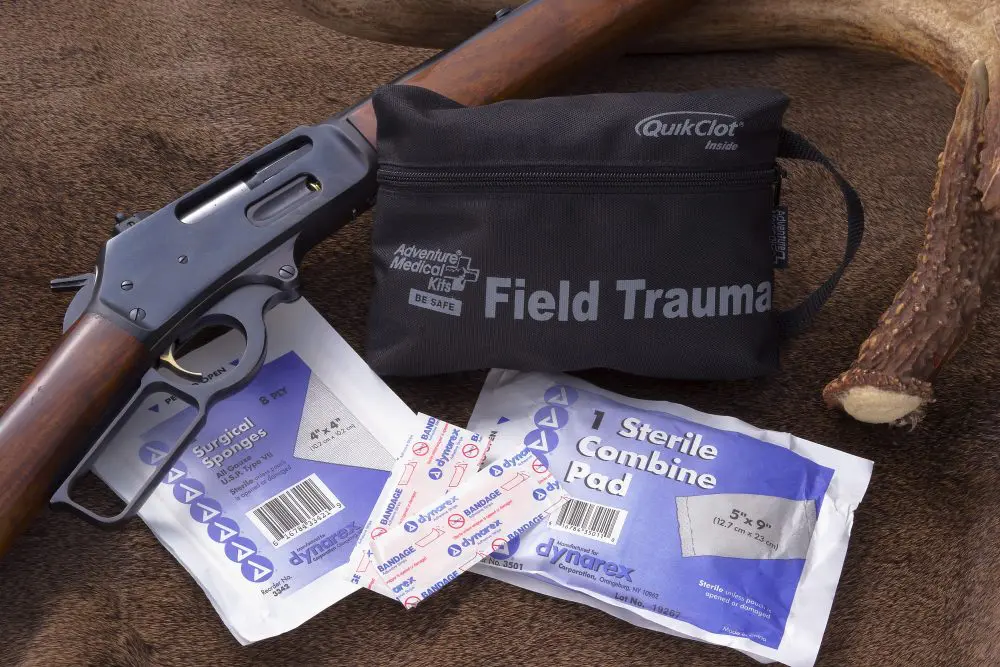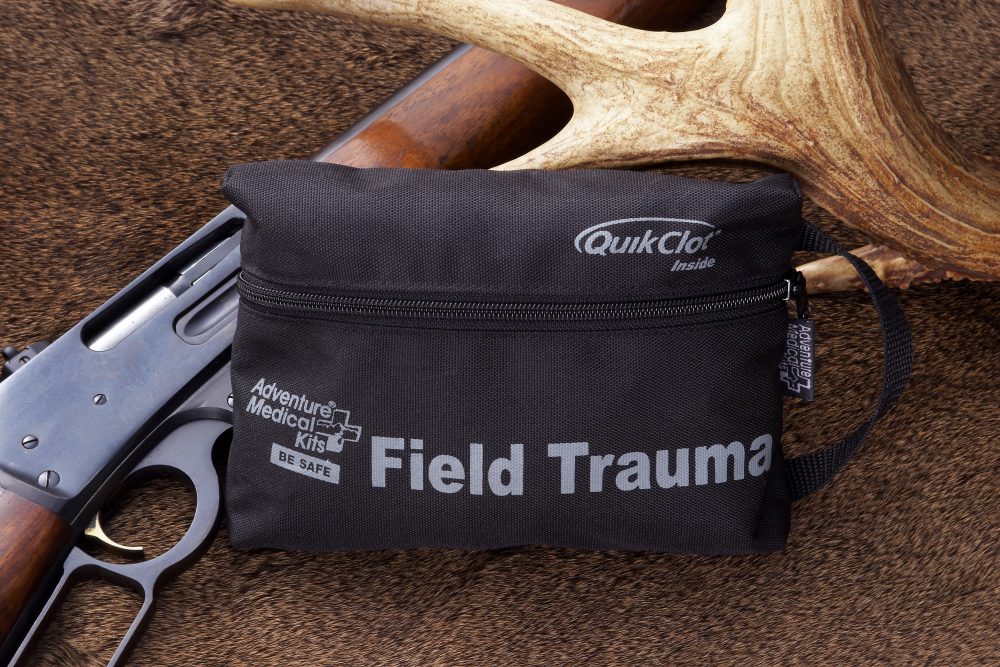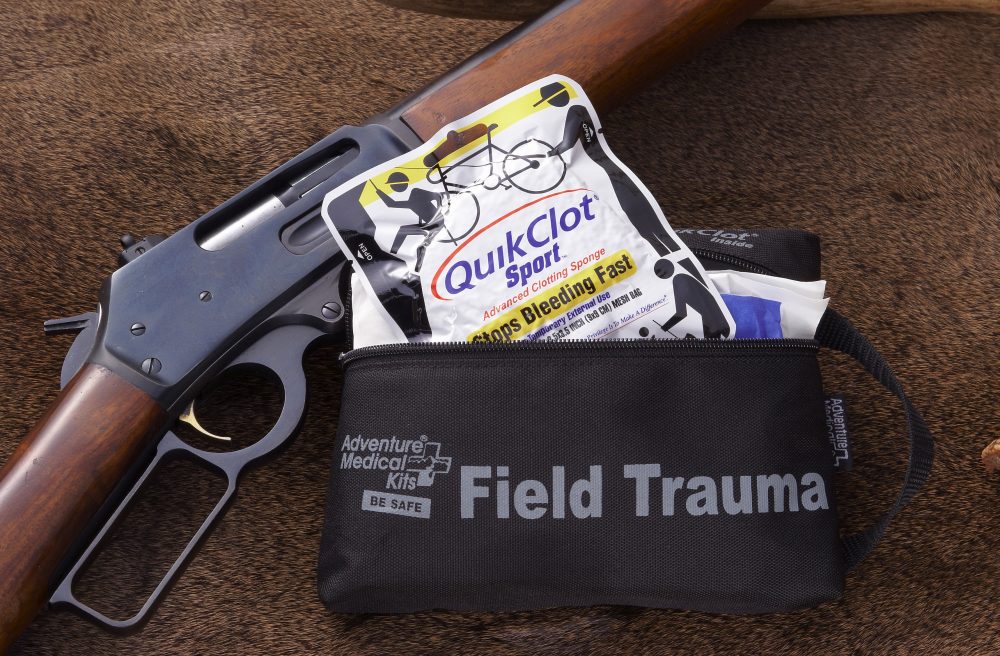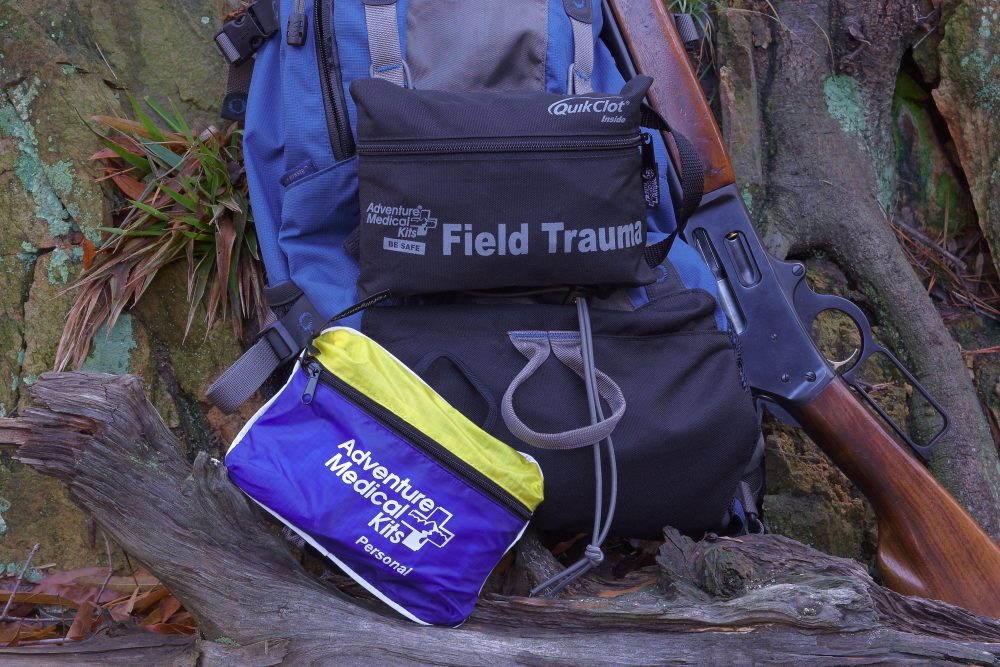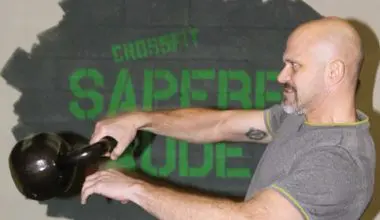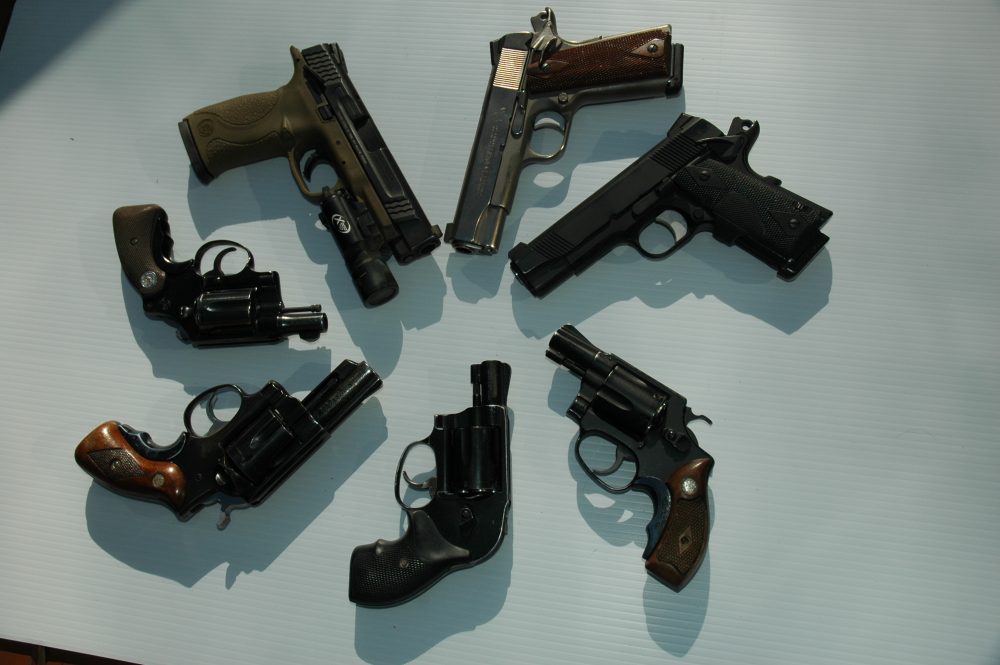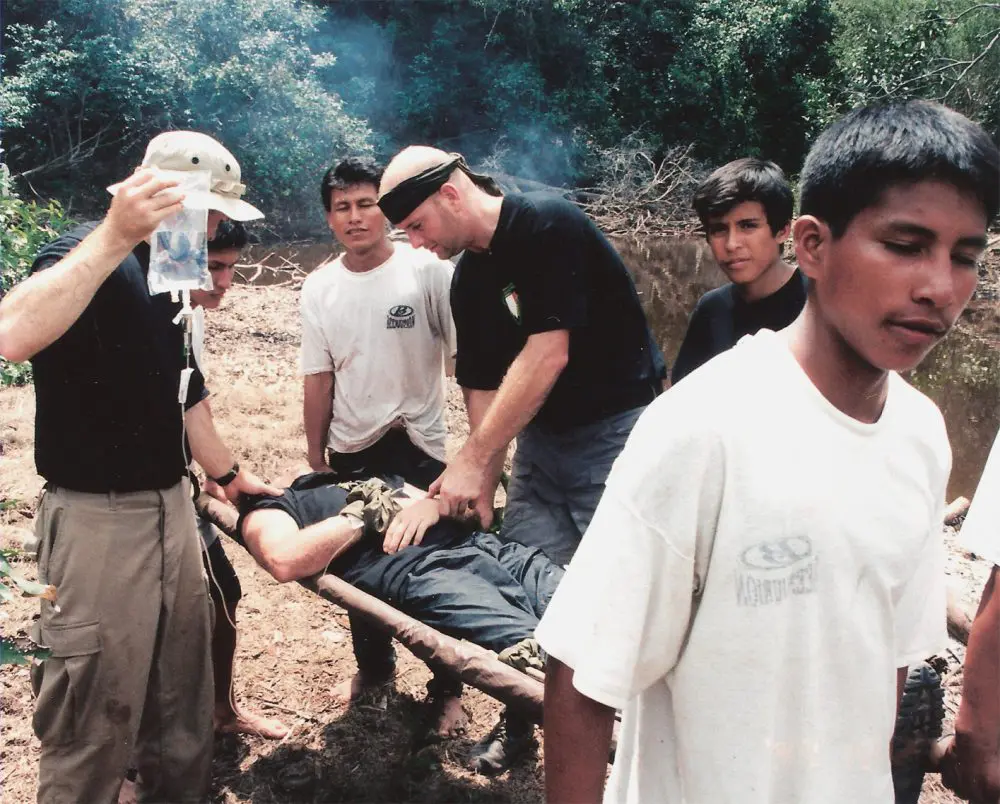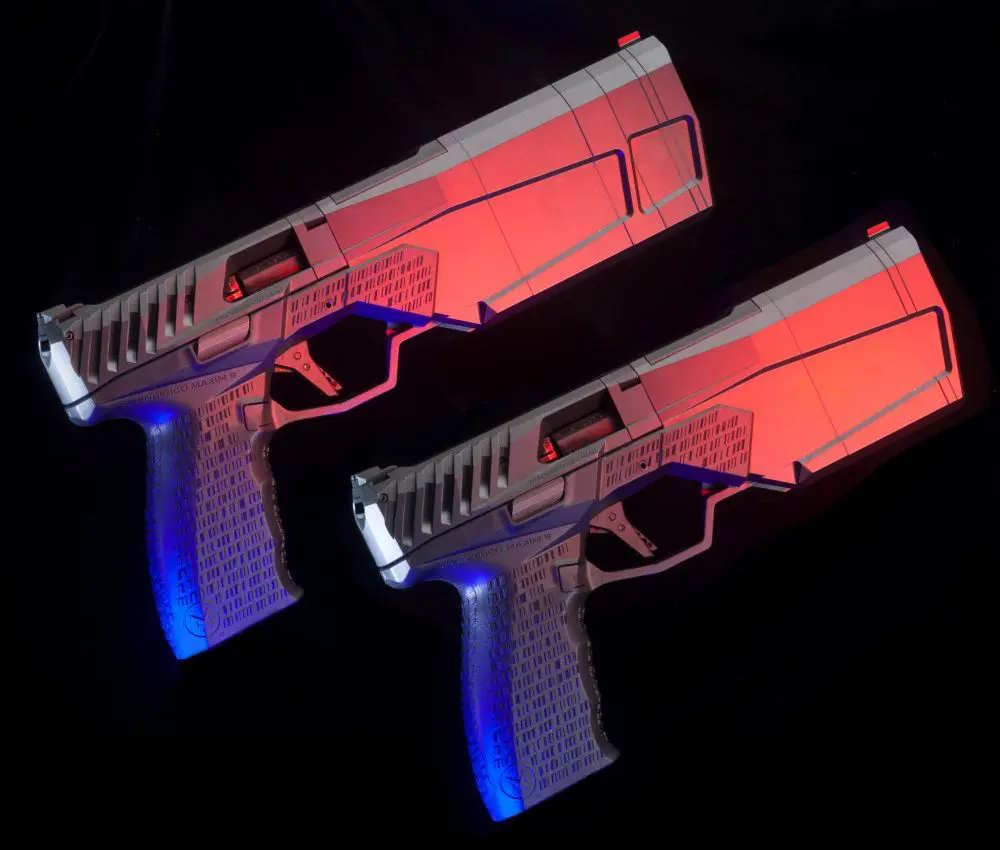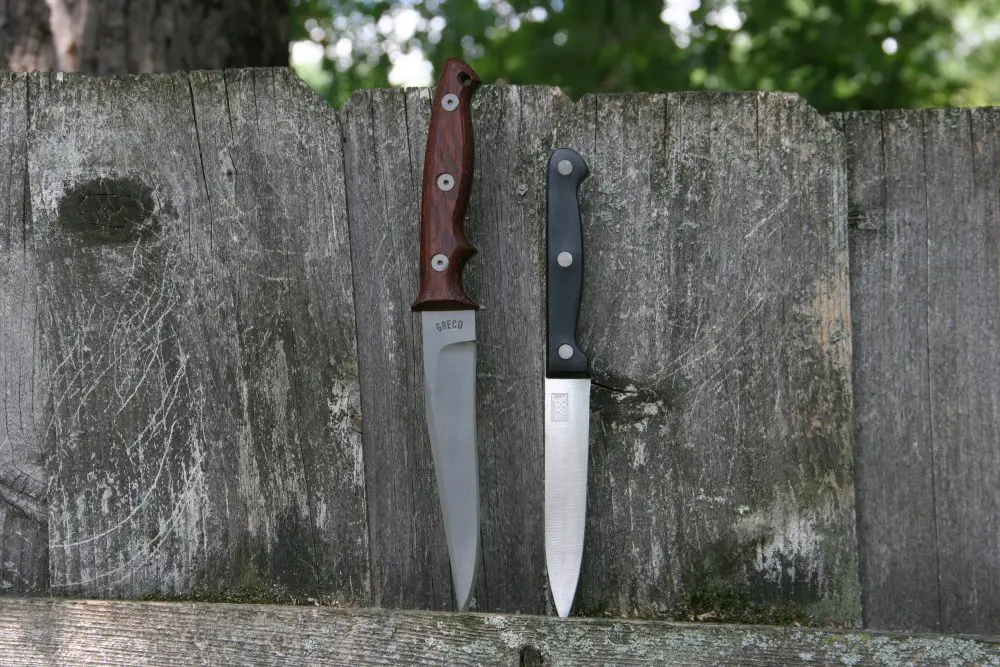Most kits contain Band-Aids, but few carry larger bandages.
In the September 2008 issue of S.W.A.T., Jeff Randall answered the request of some readers by writing about remote first aid. Jeff did a good job of covering what you may face once you leave the safety of your home, though I should really say, once you leave the safety of your bed, since most accidents occur in the home.
The biggest problem is that most people will do nothing more than read the article. Very few will take the time to sign up for a first aid course or obtain even more in-depth information. Some may go out and pick up a little pre-packaged first aid kit and feel like they’re prepared for the worst. It is with these pre-packaged kits that I have my biggest concern.
Kit is smaller than most waist packs, but can make a big difference if you find yourself in trouble. Blood loss needs to be treated instantly.
If you just bought a new kit, or if you have had one around for awhile, open it up and look at what it contains. If you get a paper cut or have a headache, you’re covered. Some of the larger kits may even have a few “butterfly” closures, but beyond a minor cut, you’re out of luck. Normally it’s not until an accident has happened and there’s blood flowing everywhere that you discover the only “solution” to be found in your first-aid kit is one or two small gauze pads. The average first-aid kit is designed for a world where cuts are minor and a simple Band-Aid® will solve all of the problems.
Fortunately this is a situation that is improving with the help of our own military. Over time, new designs for outdoor gear have been the results of needs that arose on the battlefield. The Jeep, Hummer and even the M16 are all items originally designed for the military and then modified for use by the civilian population.
QuikClot and other haemostatic compounds are not instant magic, but they do help in clotting and can make a difference on major wounds. They should be used after direct pressure fails to stem the flow of blood but before you consider a tourniquet.
Going back to World War II-era troops, you will notice that each soldier carried a single battlefield dressing for major wounds. This dressing was for the soldier who carried it. If you needed to dress a wound on yourself, you used your bandage. If you were helping a wounded buddy, you used his. That way there was always a bandage for each soldier. Check what the military is using now and you will see that these bandages have evolved into complete “Trauma Kits.” The bandages have been improved and, even more recently, haemostatic agents such as Celox® or QuikClot® have been added.
I was pleasantly surprised when these items started to show up in catalogs for hunting and outdoor gear. And the latest adaptation is Adventure Medical Kits’ new Field Trauma Kit, which is designed for the outdoorsman. Adventure Medical Kits has been selling first-aid and survival kits for some time, but this is the first time I’ve seen a kit dedicated to major bleeding wounds. I have no association with the company, but I’ll swear they must have heard about my penchant for cutting myself while testing knives for various articles.
Field Trauma Kit is small enough to wear on your belt but if you decide to keep it with your pack, make sure you can get to it in a hurry.
The Field Trauma Kit is packaged in a separate nylon bag designed to be carried on your person or attached to the outside of your field pack. The concept is to have this kit handy for when you need it. Cut an artery and that is not the time to hunt through your pack to grab your first-aid items. The bag itself has MOLLE loops sewn to the backside to offer a myriad of mounting options.
The contents of the kit are mainly for treating cuts and wounds that result in blood loss. As expected, there is a supply of standard size adhesive bandages for minor cuts, antibiotic ointment and a few butterfly strips. There is even some aspirin and Ibuprofen for minor pain. You will also find a pack of After Bite for insect bites and a small pair of tweezers for splinters. All of that sounds like a typical little kit which, though handy, is nothing to get excited about.
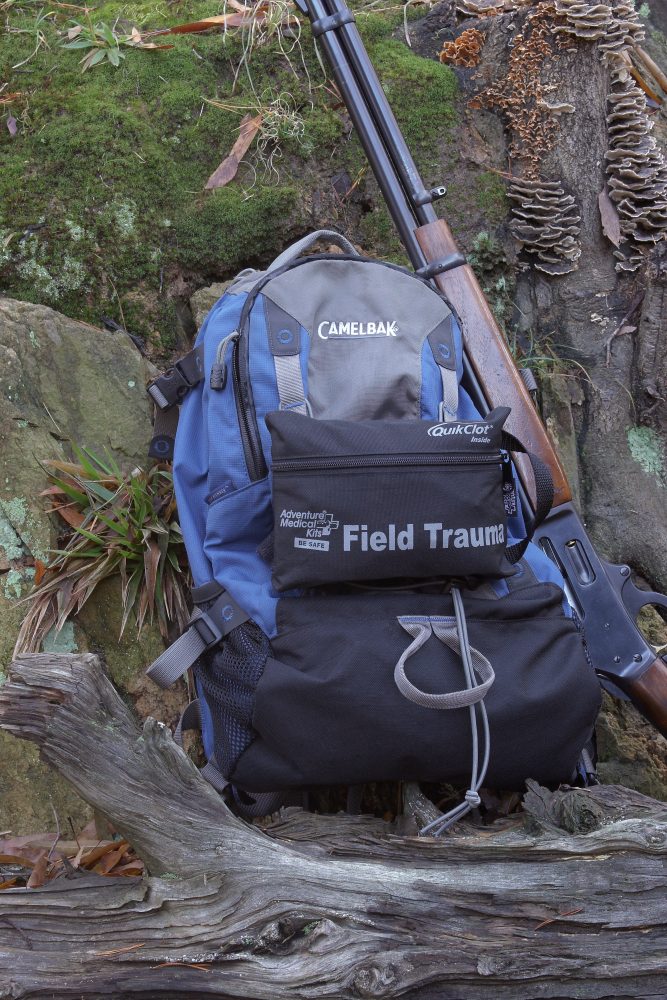
The advantage of the Field Trauma Kit is that it has a QuikClot Clotting Sponge and appropriate sized bandages for larger wounds to go with the smaller items. There are a couple of 3″x4″ and 4″x4″ sterile sponges and even two 5″x9″ combined pads for even larger wounds. This combination, along with the five-yard roll of Sensi-Wrap tape, should be able to handle most bleeding.
It’s a simple concept. Apply the bandage best suited to the size of the wound. If need be, add direct pressure to the area of the wound. If that doesn’t stop the bleeding, take off the bandage, place the clotting sponge directly on the wound, cover with the large bandage and wrap it all with the Sensi-Wrap tape.
Those of you who have studied enough to know the pressure points on the body can try that technique if needed. You can apply a tourniquet if the wound is on an arm or leg, but this should only be done as a last resort. Once you cut off the circulation, there is a limited time before you run the risk of having to remove the damaged limb. Not the optimal outcome, but better than death.
Trauma kits have been proven to save lives on the battlefield, and they deserve to be added to the civilian market. The next time you decide to assemble a “survival kit” in an Altoids tin, or you run to your local drugstore to purchase a “complete” first-aid kit, think twice. Blood loss will kill and kill quickly. Make sure you’re prepared to give the victim a fighting chance to survive. The suggested retail price of the Field Trauma Kit is $40.00—and is worth every penny.
SOURCE:
Adventure Medical Kits
Dept. S.W.A.T.
P.O. Box 43309
Oakland, CA 94624
(800) 324-3517
www.adventuremedicalkits.com
